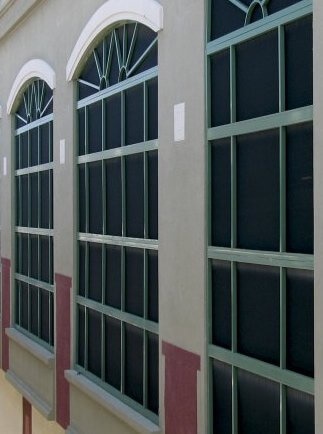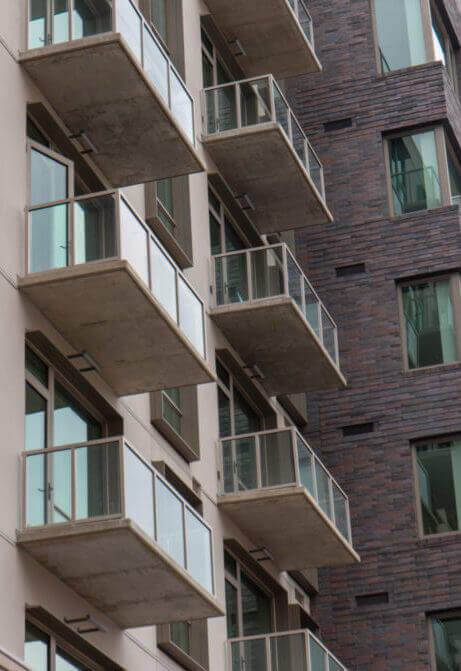In many cases, a manufacturer’s standard railing design has the ability to look almost identical to the system a particular project requires. However, despite the similarity in appearance, making even minor tweaks to the standard system’s components or structural members, can increase or decrease the price significantly.
Here are some points to keep in mind when opting for modified versions of a manufacturer’s standard railing system design:
- RADIUSING/SEGMENTING – Radiusing and segmenting (fusing “straight” railing sections to simulate a curve) may increase the shop labor and finishing prices. The same is true for tight bends, as they require special tooling.
- MATERIAL WEIGHT – If a building owner or architect requires a standard system, but with a heavier look/feel, the profile might look the same, but the amount of material will increase (i.e. hollow pickets vs. solid pickets). This increase in material will likely cause an increase in price.
- INFILL SELECTION – The most obvious way changes can affect your total cost is to switch to a different infill style. For instance, if at first you choose a system with custom, waterjet-cut infill panels, then decide to opt for a more simple, streamlined picket railing, your cost will noticeably decrease.
For more information on architectural railing systems, CLICK HERE.



























